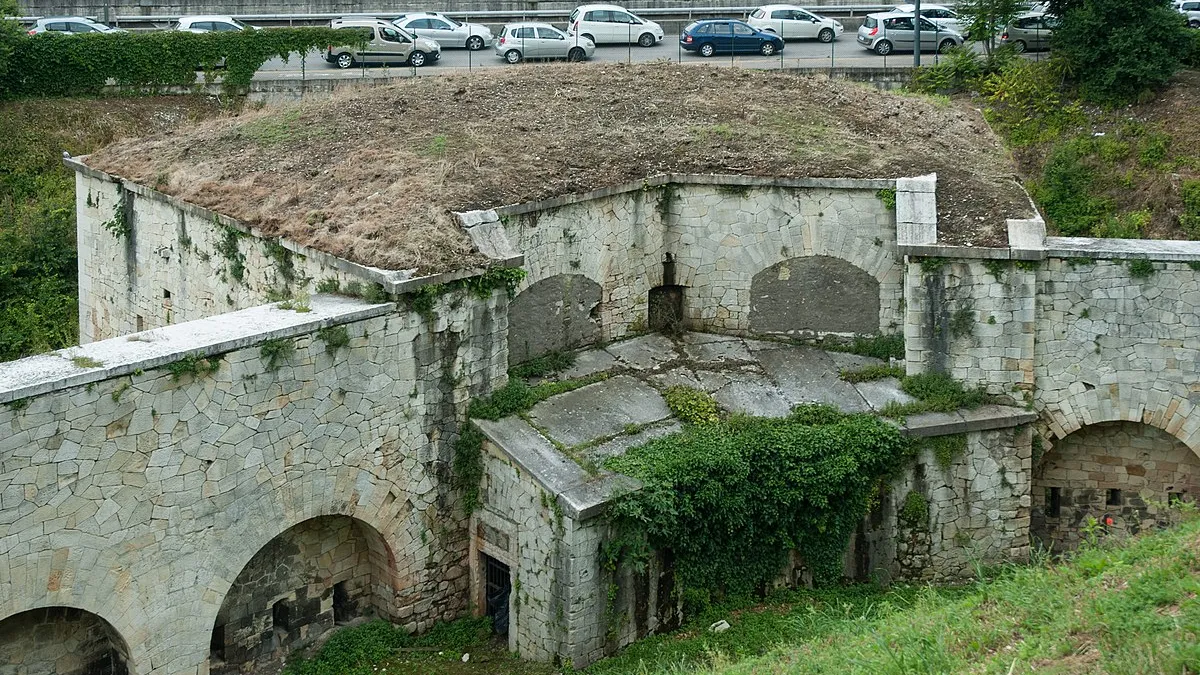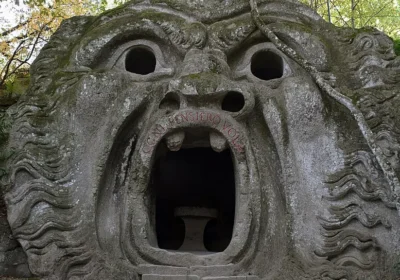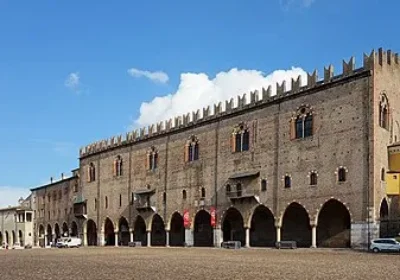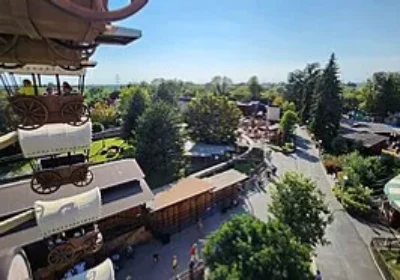Verona served as a base for the control and expansion of territory during the Roman era, and maintained an important role as a fortress for centuries until the unification of Italy. Verona’s 10 kilometers of fortress walls tell the story of the city’s two thousand years of history and prove the development of military and architectural technology:
The monumental gates of the 1st century BC. – The Porta Borsari is an ancient Roman gate that served as the entrance gate to the city of Verona. It is a three-tiered white stone structure built in the 1st century AD and is still impressively preserved. Porta Leoni – the original name of the gate is still a mystery, in the Middle Ages it was called Porta San Fermo, and got its present name from the sculptures of lions that decorated the tympanum of the tomb next to it. The Porta Leoni gate adjoins a brick wall, which is a fragment of an ancient Roman gate from the 1st century BC.
Underground Tunnels – Beneath the Arena of Verona, the ancient Roman Amphitheater, there is a whole system of underground galleries and corridors that were designed by ancient engineers, as well as a huge number of other tunnels beneath all of Verona.
Medieval Castle – Castelvecchio is one of the most remarkable examples of medieval architecture in Italy. It was built between 1354 and 1376, when Verona was ruled by the Scala dynasty, also called the Scaligers. The castle was built on the foundations of a Roman military fort.
Bastions – part of the bastions that once encircled the entire city have been preserved. The bastions were built around Verona in 1520-1557. Over time, they were rebuilt many times, following the development of fortification science. The last major rebuilding was done in 1833-1845 by the Austrian engineer Franz von Scholl on the orders of Field Marshal Radetzky. The bastions of Verona did not participate in serious battles. During World War II, their casemates and porches were used as bomb shelters. The bastions are located near the train station, between the Porta Nuova and Porta Palio gates. Together they form the Parco delle Mura (“park on the walls”).
The Lamberti Watchtower, the tallest building in Verona (84 meters high), appeared on the map of the city in 1172 through the efforts of Bozeno di Lamberti, a member of a respected family in the city. In the XII century, those who were not limited in finances built monumental dwellings, secure and protected, more like fortresses. This Romanesque tower, which inherited the name of its creator, Lamberti, was built according to the same principle.
For those who want to go deeper outside the city, you can visit the Austrian Fortress Wall of the 19th century, built during the Austrian government: there were 28 fortresses within 4 kilometers of Verona.
Verona’s defensive architectural complexes are among the best preserved in Europe.

















